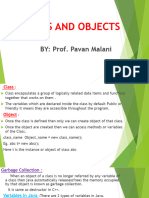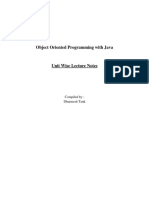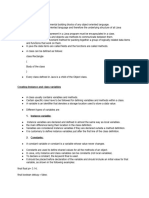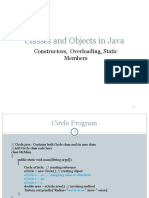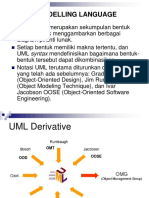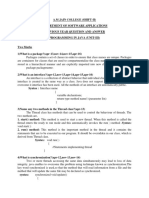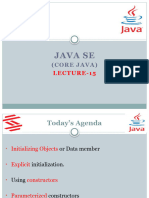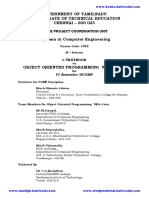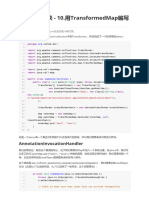0% found this document useful (0 votes)
14 views26 pagesJava Notes-Unit 3-New Syllabus
The document provides comprehensive notes on Java programming, specifically focusing on classes, objects, methods, constructors, inheritance, and string handling. It covers key concepts such as method overloading, static members, the 'this' keyword, command line input, and interfaces for multiple inheritance. Each section includes definitions, syntax, examples, and outputs to illustrate the concepts effectively.
Uploaded by
jananippriya18Copyright
© © All Rights Reserved
We take content rights seriously. If you suspect this is your content, claim it here.
Available Formats
Download as PDF, TXT or read online on Scribd
0% found this document useful (0 votes)
14 views26 pagesJava Notes-Unit 3-New Syllabus
The document provides comprehensive notes on Java programming, specifically focusing on classes, objects, methods, constructors, inheritance, and string handling. It covers key concepts such as method overloading, static members, the 'this' keyword, command line input, and interfaces for multiple inheritance. Each section includes definitions, syntax, examples, and outputs to illustrate the concepts effectively.
Uploaded by
jananippriya18Copyright
© © All Rights Reserved
We take content rights seriously. If you suspect this is your content, claim it here.
Available Formats
Download as PDF, TXT or read online on Scribd
/ 26










